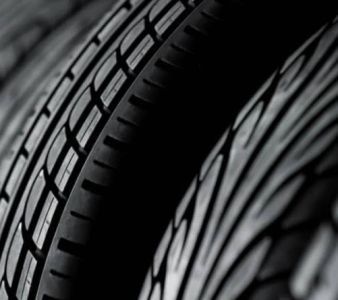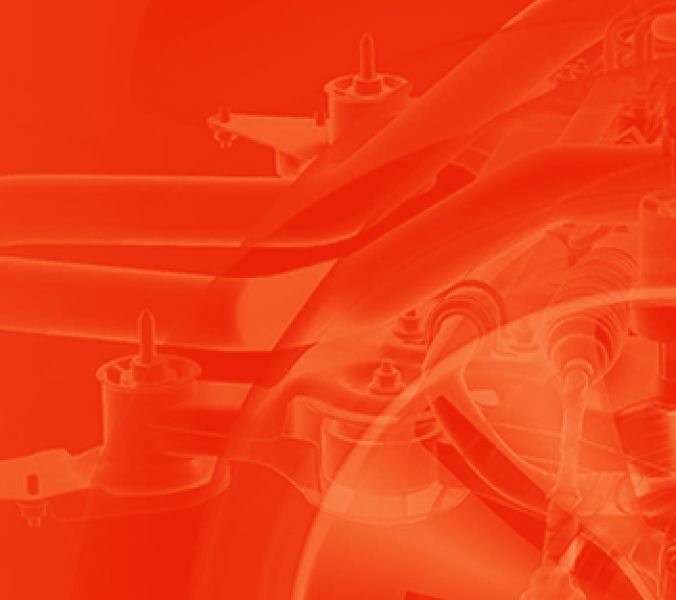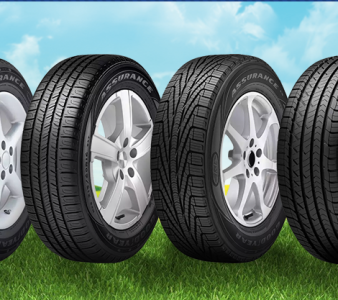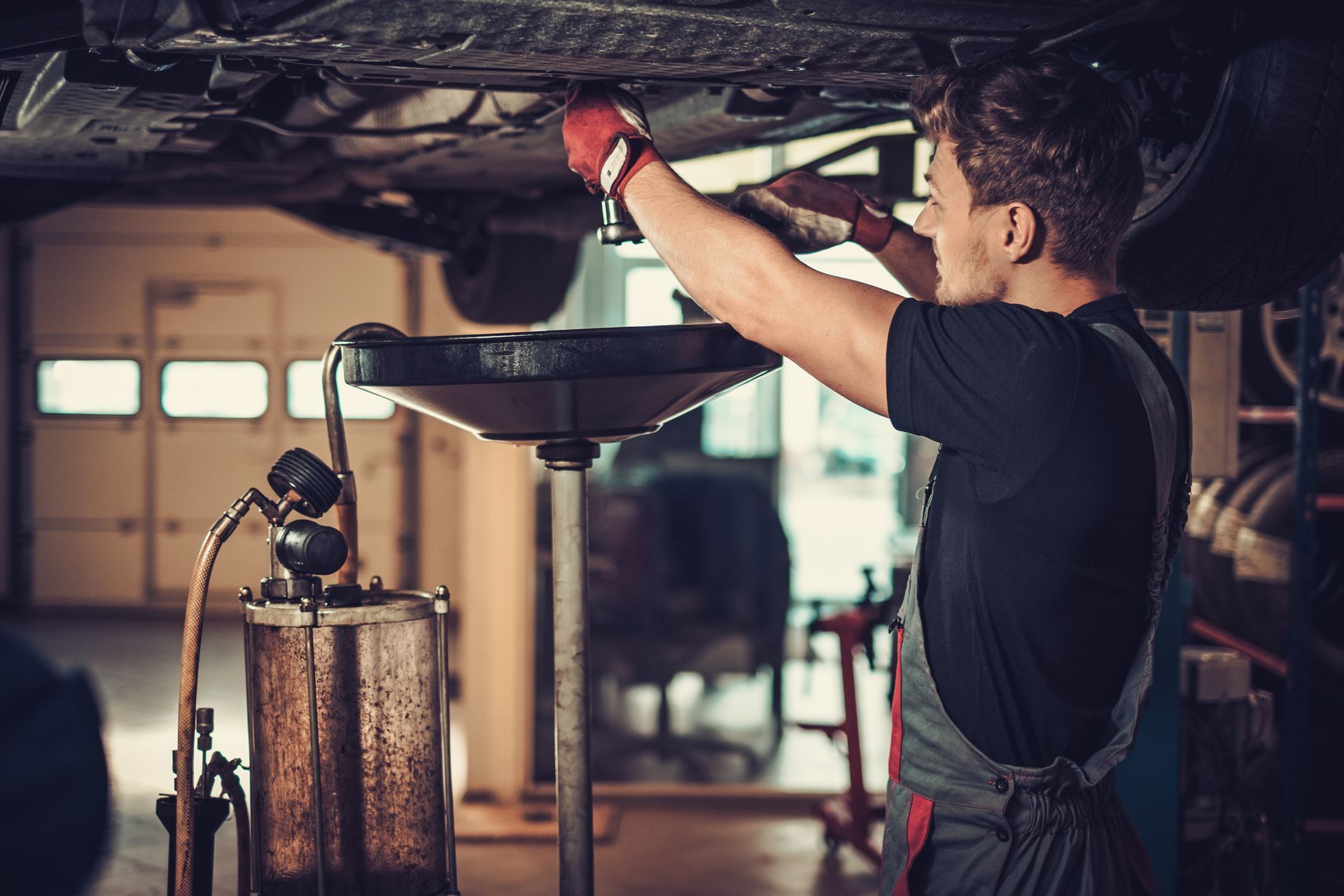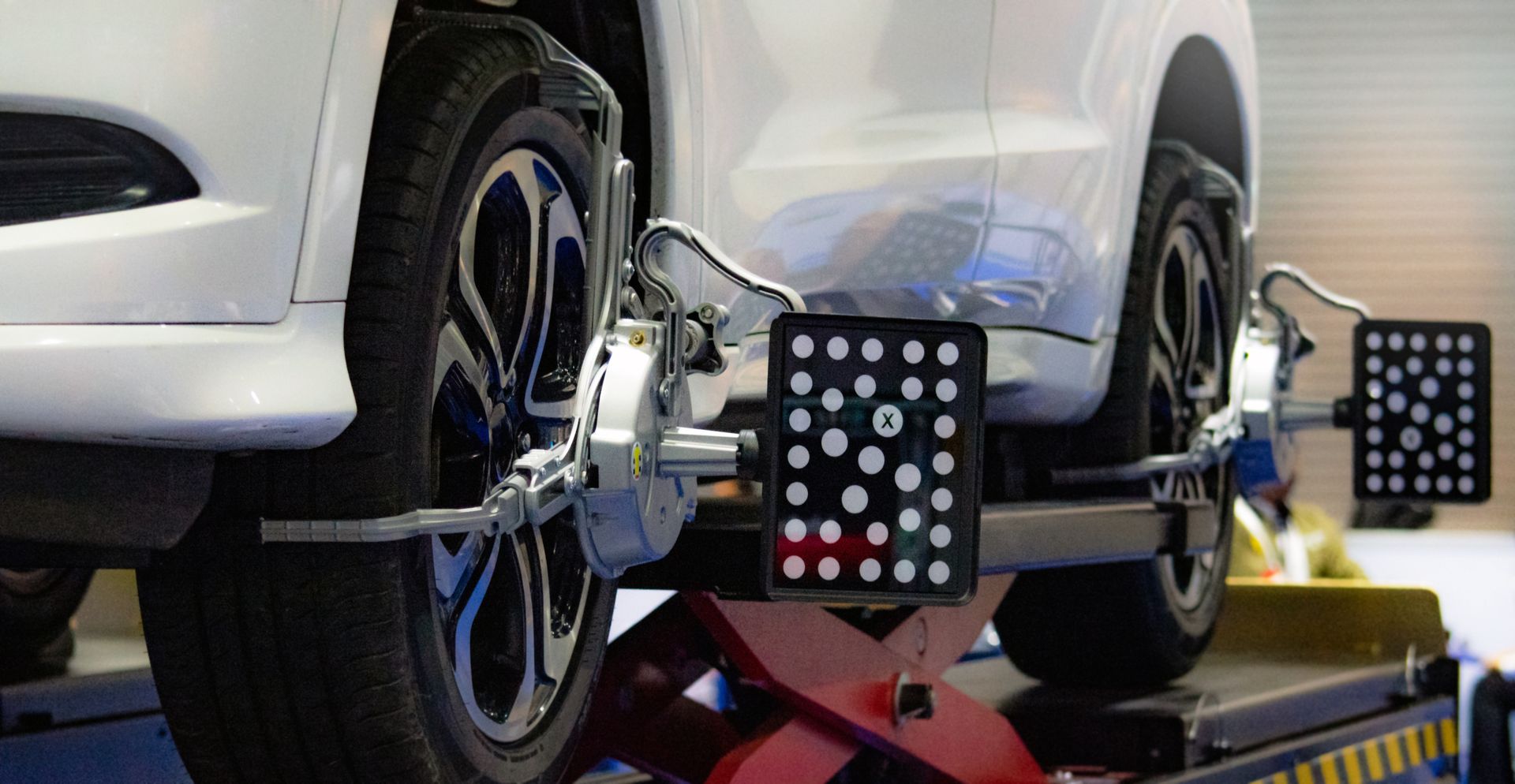When you shift your car into reverse and hear a loud clunk, it’s easy to dismiss it, especially if everything else seems to work fine. But that sound could be an early sign of wear in key components of your drivetrain or suspension. Ignoring it might mean bigger, more expensive repairs later on.
This kind of noise is usually your vehicle's way of telling you something isn’t functioning as smoothly as it should. Whether the cause is minor or serious, it’s worth getting checked out before it turns into a larger issue.
Possible Causes of a Clunk in Reverse
There isn’t a one-size-fits-all answer for what causes that reverse clunk, but here are some of the most common culprits:
Worn or Broken Motor Mounts
Your engine and transmission are supported by mounts that help reduce vibration and keep things stable. If one of these mounts is worn or broken, it can cause a jolt when shifting into gear, especially in reverse when torque moves in a different direction. You might feel this as a sudden thump or hear it as a deep clunk.
Loose or Damaged Suspension Components
Reverse puts different stresses on your suspension than forward driving. If any part of the suspension, like control arms, bushings, or ball joints, is loose or worn, you may hear a sound when the load shifts. Over time, this can affect alignment and cause uneven tire wear, too.
Drivetrain Slack or Play
If you drive a rear-wheel or all-wheel-drive vehicle, the clunk could be coming from the driveshaft or differential. A small amount of play in these components is normal, but excessive slack can result in noise when torque is applied suddenly, such as when you shift into reverse.
CV Joint or Axle Problems
Front-wheel-drive and all-wheel-drive cars rely on CV joints to transfer power from the transmission to the wheels. A worn CV joint can create a clicking or clunking noise when changing direction or load. If you hear the sound mostly when backing up or turning, the axle could be the issue.
Transmission or Gearbox Issues
Although less common, internal issues in the transmission can create a clunk when shifting. These problems often come with other symptoms like rough gear changes, hesitation, or slipping. If the clunk is accompanied by poor shifting, you may need a transmission inspection.
When to Be Concerned
One clunk here or there isn’t always cause for panic, but repeated or worsening noise should be checked out promptly. Pay attention to whether the sound is:
- Getting louder over time
- Happening more often, especially when shifting into reverse
- Accompanied by a physical jolt or vibration
- Affecting the way your car drives
These signs suggest the problem is progressing and may lead to further damage or unsafe driving conditions if left unaddressed.
Why Reverse Clunks Can Be Tricky
Reverse gear often reveals problems that don’t appear in forward motion. That’s because the forces on suspension and drivetrain parts are reversed, and components that are borderline in forward drive may fail to hold up when the load shifts direction.
Because of this, reverse clunks can sometimes be an early warning that certain parts are nearing the end of their lifespan.
How to Prevent These Issues
The best way to prevent reverse clunks is to stay on top of maintenance and inspections. Regular oil changes, suspension checks, and drivetrain inspections provide technicians with an opportunity to identify issues before they become audible problems.
If you’ve recently hit a pothole or curb or noticed a change in how your car feels when shifting, it’s smart to schedule a visit sooner rather than later.
Let MechaniQ in Oakville and Mississauga Help Quiet That Clunk
If your car makes a clunk when shifting into reverse, don’t wait for it to get worse. The experienced team at MechaniQ in Oakville and Mississauga can inspect your suspension, mounts, drivetrain, and more to pinpoint the issue. With proper care and diagnosis, we’ll help restore smooth operation and protect your vehicle from further damage.
Book your inspection today and drive with confidence.
